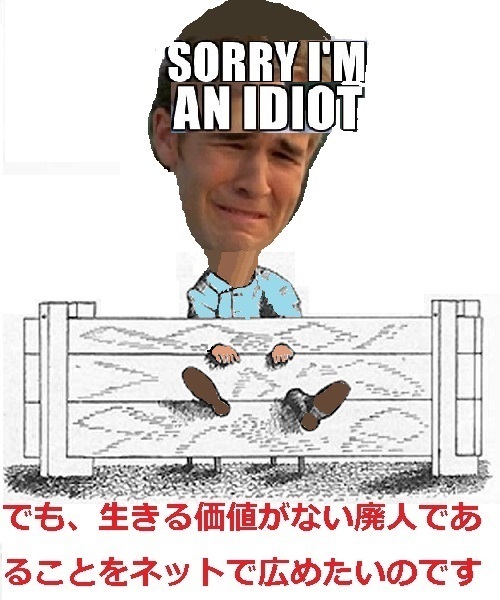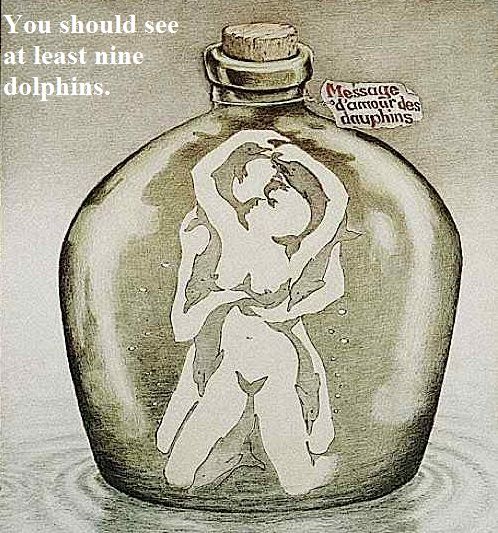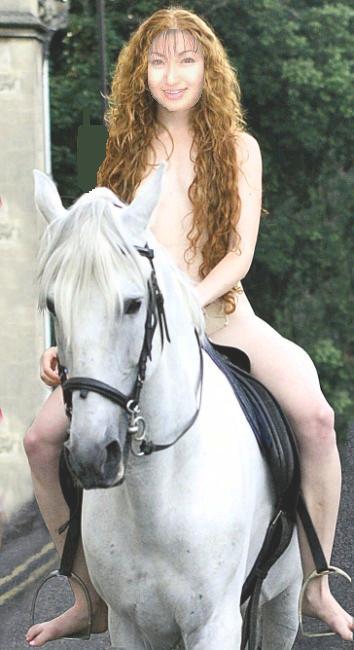Changeling
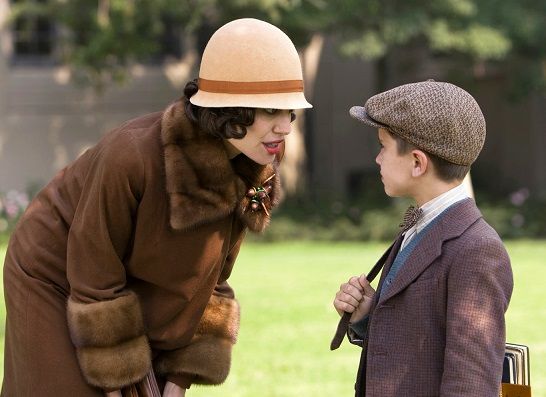
(changelin1.jpg)
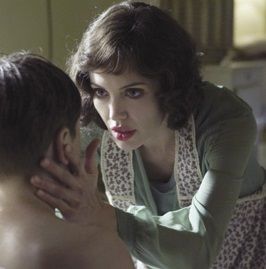
(changelin3.jpg)

(diane02.gif)
Kato, do you know what changeling means?

(kato3.gif)
Yes, now, I know, but I didn't know it when I viewed the above movie.
Changeling

(changelin5.jpg)
A changeling is a creature found in folklore and folk religion.
A changeling child was believed to be a fairy child that had been left in place of a human child stolen by the fairies.
The theme of the swapped child is common in medieval literature and reflects concern over infants thought to be afflicted with unexplained diseases, disorders, or developmental disabilities.
It is typically described as being the offspring of a fairy, elf or other legendary creature that has been secretly left in the place of a human child.
Sometimes the term is also used to refer to the child who was taken.
The apparent changeling could also be a stock or fetch, an enchanted piece of wood that would soon appear to grow sick and die.
A human child might be taken due to many factors: to act as a servant, the love of a human child, or malice.
Most often it was thought that fairies exchanged the children.
In rare cases, the very elderly of the Fairy people would be exchanged in the place of a human baby, and then the old fairy could live in comfort, being coddled by its human parents.

(changelin2.jpg)
Simple charms, such as an inverted coat or open iron scissors left where the child sleeps, were thought to ward them off; other measures included a constant watch over the child.
D. L. Ashliman points out that changeling tales illustrate an aspect of family survival in pre-industrial Europe.
A peasant family's subsistence frequently depended upon the productive labor of each member, and it was difficult to provide for a person who was a permanent drain on the family's scarce resources.
"The fact that the changelings' ravenous appetite is so frequently mentioned indicates that the parents of these unfortunate children saw in their continuing existence a threat to the sustenance of the entire family.
Changeling tales support other historical evidence in suggesting that infanticide was not infrequently the solution selected."
SOURCE: "Changeling"
From Wikipedia, the free encyclopedia

I've recently seen the following movies:


(lib60418a.png+lib60418aa.png)
■"Actual List"

Kato, are you saying you've seen 1,279 movies at Vancouver Public Library?

Yes, I have. I'm an enthusiastic flick mania.
I can see that. So, "Changeling" is the 1,277th movie you watched at the library, isn't it?
You're telling me, Diane.
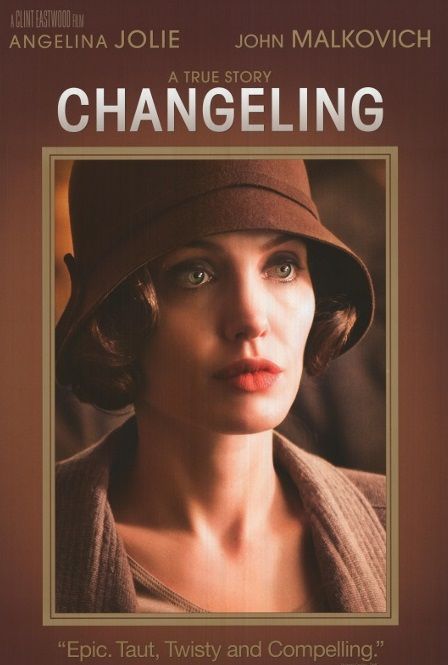
(changelin6.jpg)

(lib60418b.png)
■"Actual Page"

The movie is about a fairy child that had been left in place of a human child stolen by the abductor, isn't it?

Yes, it is in a sense, but in the film, the fairly child is an another human child as I mentioned it in the following comment.
This is a 2008 docudrama directed by Clint Eastwood, based partly on real-life events: the 1928 "Wineville Chicken Coop" kidnapping and murder case in Los Angeles, California.
When her misssing child is found, the mother played by Angelina Jolie realizes that the boy is not her missing son.
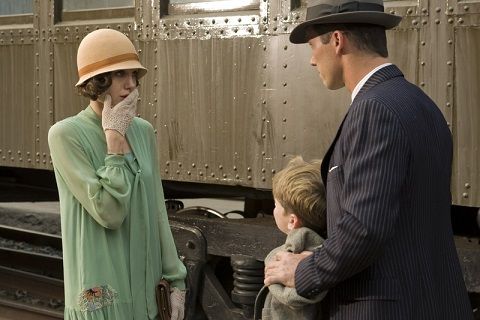
(changelin7.jpg)
When she tries to demonstrate this to the police and city authorities, however, she is vilified as delusional and an unfit mother.
The film explores child endangerment, female disempowerment, political corruption, mistreatment of mental health patients, and the repercussions of violence.
The whole thing is just disgusting, but it is one of the finest works directed by Clint Eastwood.
Superb are the performances of the main actors.

I see... The movie is based on the actual kidnapping and murder case, huh?

Yes, it is. The actual case is as follows:
Wineville Chicken Coop Murders
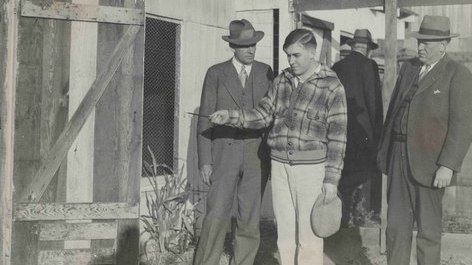
(changelin10.jpg)
These murders were a series of abductions and murders of young boys that occurred in the city of Los Angeles and in Riverside County, California, between 1926 and 1928.
The case received national attention.
In 1926, Gordon Stewart Northcott, a 19-year-old Canadian-American chicken ranch owner, took his 13-year-old nephew Sanford Clark (with the permission of the boy's parents) from the boy's home in Canada.
After arriving at his Wineville, California farm, Northcott beat and sexually abused him.
In August 1928, Sanford's older sister, 19-year-old Jessie Clark, visited Sanford, who was 15 at the time, in Wineville.
She was concerned about his welfare.
At that time, Sanford told her that he feared for his life.
One night while Northcott was asleep, Jessie learned from Sanford of the horrors and murders that had taken place at Northcott's chicken ranch.
Jessie returned to Canada about one week after that.
Once in Canada, Jessie informed the American consul there about the horrors in Wineville.
The American consul then wrote a letter to the Los Angeles Police Department, detailing Jessie Clark's sworn complaint.
Because there was initially some concern over an immigration issue, the Los Angeles Police Department contacted the United States Immigration Service to determine facts relative to Jessie's complaint.
On August 31, 1928, two United States Immigration Service inspectors, Judson F. Shaw and Scallorn, visited Northcott's chicken ranch in Wineville.
They found 15-year-old Sanford Clark at the ranch and took him into custody.
Northcott had seen the agents driving up the long road to his ranch.
Before fleeing into the treeline, he told Clark to stall the agents, or else he would shoot him from the treeline with a rifle.
During the next two hours while Clark stalled, Northcott kept on running.
Finally, when Clark felt that the agents could protect him, he told them that Northcott had fled into the trees which lined the edge of his chicken ranch property.
Northcott and his mother, Sarah Louise, fled to Canada but were arrested near Vernon, British Columbia on September 19, 1928.
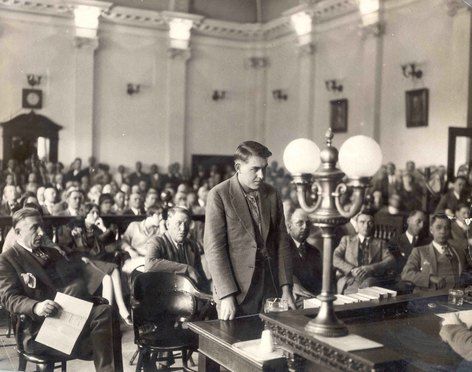
(changelin11.jpg)
Sanford Clark testified at the sentencing of Sarah Louise Northcott that his uncle, Gordon Northcott, had kidnapped, molested, beaten, and killed three young boys with the help of Northcott's mother (Sarah Louise Northcott) and of Clark himself.
Clark stated that, in addition to these three young boys, Northcott had also murdered a teenage Mexican boy without the help of his mother or himself.
Northcott had forced Clark to help dispose of the head of the Mexican boy by burning it in a firepit and then crushing the skull.
Northcott stated that he "left the headless body by the side of the road near Puente (La Puente, California), because he had no other place to put it."
Sanford Clark said that quicklime was used to dispose of the remains and that the bodies (of Lewis and Nelson Winslow and of Walter Collins) were buried on the Wineville chicken ranch.
SOURCE: "Wineville Chicken Coop Murders"
From Wikipedia, the free encyclopedia

Wow... the whole case is gruesome and disgusting, isn't it?

Yes, it is for sure.
Kato, how come you picked up the above movie in the first place?
Well... when I saw the movie, I immediately identified the boy's mother with you.
No kidding!
Angelina Jolie plays this mother, who is a loving, strong-willed and self-disciplined woman just like you, Diane.
Are you serious, Kato?
Yes, of course, I am.
Well... I'll book the DVD and see it to judge your saying by myself. Kato, what else do you recommend?
I like "The Men", which I watched as the 1,274th movie.

(lib60418c.png)
■"Actual Page"
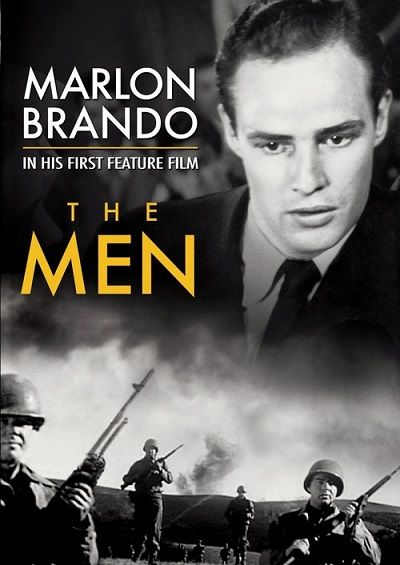
(men001.jpg)
This is a 1950 American drama directed by Fred Zinnemann.
It tells the story of a World War II lieutenant who is seriously injured in combat and the struggles he faces as he attempts to re-enter society.
The film marked Marlon Brando’s feature film debut.
Embittered by his condition, he refuses to see his fiancée and sinks into a solitary world of hatred and hostility.
Fighting the wishes of her parents, the coldness of a guilt-ridden society and her own self-doubts, it is Ellen (his fiancée played by Teresa Wright) who must force him to confront the reality of his condition.
Superb are the performances of Marlon Brando and Teresa Wright.
It is a gripping, emotionally-charged and thought-provoking serious drama.

How come you like the above movie?

Well... Teresa Wright is one of my favorite actresses.
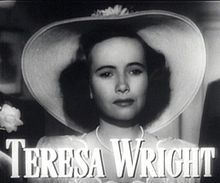
(wright09.jpg)

She takes a role as Ellen, who is a loving, strong-willed and self-disciplined woman just like you, Diane.

(laugh16.gif)
【Himiko's Monologue】

(himiko22.gif)
I really enjoyed watching "Carnal Knowledge," which Kato viewed as the 1,278th movie.
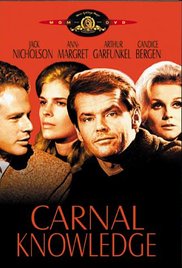
(carnal.jpg)
Do you know what "Carnal Knowledge" means?
Well... It is an archaic or legal euphemism for sexual intercourse.
The term derives from the Biblical usage of the verb "know", as in the King James Bible and other versions, a euphemism for sexual conduct.
An example of this usage is in the first part of the Bible, the Book of Genesis, which describes how Adam and Eve created their first child: "And Adam knew Eve his wife; and she conceived, and bore Cain, and said, I have gotten a man with [the help of] Jehovah." – Genesis 4:1.

(lib60418d.png)
■"Actual Page"
As Kato jotted down in the above comment, in those days of the early 1970s, the general receptiveness by the public to frank discussion of sexual issues was sometimes at odds with local community standards.
A theatre in Albany, Georgia, showed the film.
On January 13, 1972, the local police served a search warrant on the theatre, and seized the film.
In March 1972, the theatre manager, Mr. Jenkins, was convicted of the crime of "distributing obscene material".
His conviction was upheld by the Supreme Court of Georgia.
On June 24, 1974, the U.S. Supreme Court found that the State of Georgia had gone too far in classifying material as obscene in view of its prior decision in Miller v. California, and overturned the conviction.
Compared to the pornogrphic, this is far from obscene material, but the film simply depicts the things far from serious material.
With today's general receptiveness in mind, however, I think this movie is a good entertaining piece.
In any case, I hope Kato will write another interesting article soon.
So please come back to see me.
Have a nice day!
Bye bye ...

(hand.gif)

(renge400.jpg)
If you've got some time,
Please read one of the following artciles:

(juneswim.jpg)
■A Second World
■Adele Hugo
■Bach Collegium Japan
■Banana @ Eden
■Big Mystery
■Call Girl Mystery

(biker302.jpg)
■Cleopatra
■Climate of Doubt
■Crocodile Meat
■Dolly the Sheep
■Fireflies
■from Korea
■Glory of Death
■God is coming!

(dianesun.jpg)
■Golden Shower
■Hitler and Tramp
■Killer Flood
■Mystery of Dimension
■Motre Dame
■Omakase@Sushi
■Popes@Spotlight
■Quartet
■Ramen Boom
■Richard III
■Savge vs. Civilized

(cook002.jpg)
■Strange Love
■Submerging Island
■Titanic @ Sendai
■Typhoon & Emperor
■Unforgettable Flicks
■Unknown Tragedy
■Victorian Prudery
■World War B.C.

(surfin2.gif)

(bare02b.gif)
Hi, I'm June Adams.
Kato is a real movie lover, who tries to watch 1001 movies.
As a matter of fact, he has already accomplished his goal.

(lib50909a.png)
■『Actual List』

(june001.gif)
Kato watched "The Arabian Nights" or "One Thousand and One Nights" as his 1001th movie.
You might just as well want to view it.
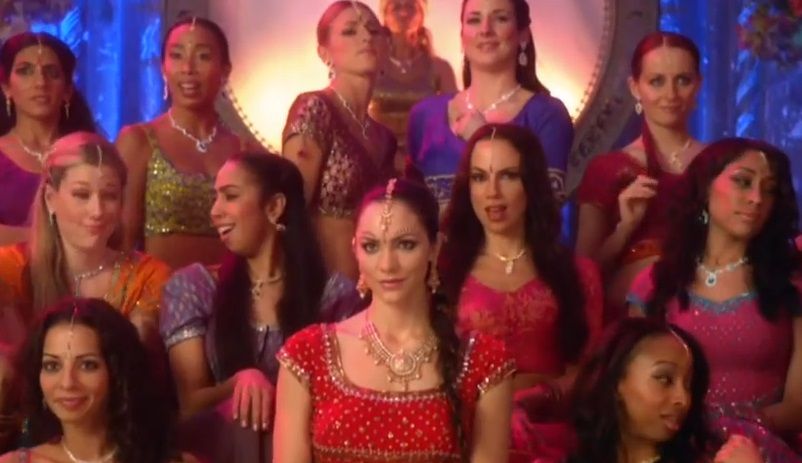
(1001nite.jpg)
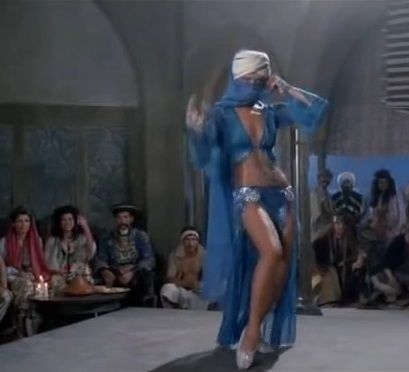
(1001nite10.jpg)

The stories in "the Arabian Nights" were collected over many centuries by various authors, translators, and scholars across West, Central, and South Asia and North Africa.
The tales themselves trace their roots back to ancient and medieval Arabic, Persian, Indian, Egyptian and Mesopotamian folklore and literature.
In particular, many tales were originally folk stories from the Caliphate era, while others, especially the frame story, are most probably drawn from the Pahlavi Persian work Hazār Afsān which in turn relied partly on Indian elements.
What is common throughout all the editions of the Nights is the initial frame story of the ruler Shahryār and his wife Scheherazade and the framing device incorporated throughout the tales themselves.
The stories proceed from this original tale.
Some are framed within other tales, while others begin and end of their own accord.
Some editions contain only a few hundred nights, while others include 1,001 or more.

(bellyan15.gif)

(bikini901b.jpg)

(dogs17.gif)

(girlxx.gif)














